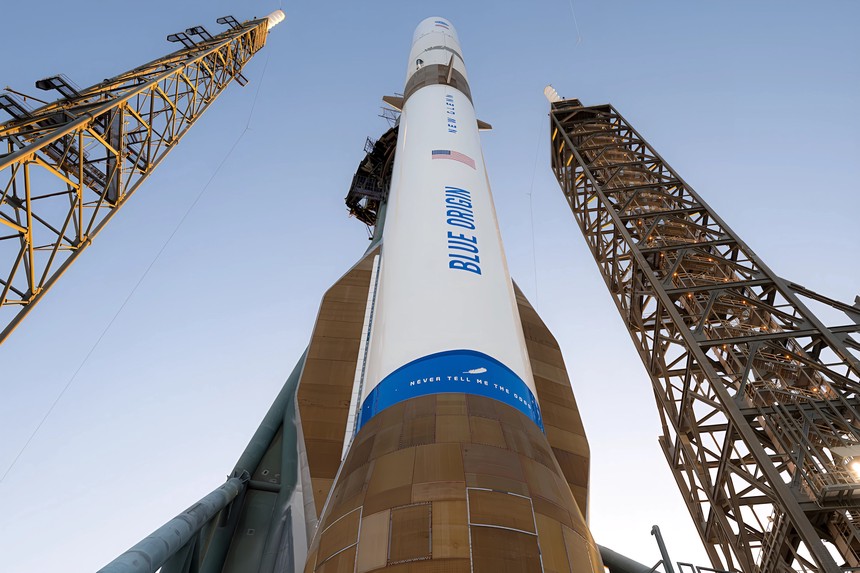Huawei has launched its new smartphone, the Pura 70, amid ongoing scrutiny and challenges related to its chip supply. This move marks a significant moment for the Chinese tech giant as it navigates a complex global tech landscape shaped by trade restrictions and competitive pressures.
Background and Challenges
Huawei has been at the center of international trade tensions, particularly with the United States, which have impacted its access to critical semiconductor chips and other technologies. These restrictions have forced Huawei to seek alternative solutions for sourcing components essential for manufacturing its smartphones.
Features of the Pura 70
The Huawei Pura 70 introduces several advanced features, aiming to compete with leading smartphone models in the market:
- Advanced Camera Capabilities: Continuing Huawei's tradition, the Pura 70 likely includes high-end camera technology aimed at photography enthusiasts.
- Improved Processor Performance: Despite challenges in accessing the latest chip technologies, Huawei has worked to optimize the Pura 70's performance, potentially utilizing chips developed internally or sourced from alternative markets.
- Long Battery Life: The Pura 70 is expected to feature enhancements in battery technology, offering extended usage times which is a significant selling point for users.
- Innovative Design: Huawei often emphasizes aesthetics and user experience in its phone designs, and the Pura 70 is expected to follow this trend with a sleek, user-friendly interface and build.
Market Strategy
Huawei's launch of the Pura 70 is strategic, aimed at retaining its competitiveness in the global smartphone market despite the adversities it faces:
- Diversification of Supply Chain: Huawei has likely increased its efforts to diversify its supply chain to mitigate the impact of international restrictions on chip technology.
- Focus on Domestic Markets: While facing challenges in international markets, Huawei continues to hold strong support in China, where it can leverage nationalist sentiments and less reliance on American chip technologies.
- Innovation in R&D: Huawei invests heavily in research and development to innovate around restrictions, focusing on developing in-house technologies that could reduce its dependence on Western technology providers.
Potential Implications
The release of the Pura 70 under these circumstances is a testament to Huawei's resilience and adaptability. However, the broader implications for the company remain mixed:
- Continued Scrutiny: Huawei will likely continue to face scrutiny and challenges in Western markets, affecting its global sales and operations.
- Innovation Drive: The adversity has pushed Huawei to accelerate its R&D efforts, which could lead to significant breakthroughs in technology that might benefit the broader industry in the long run.
- Geopolitical Tensions: The situation underscores the ongoing geopolitical tensions that influence global tech industries, highlighting how companies and governments may need to navigate these complexities moving forward.
Huawei's launch of the Pura 70 is not just about a new product but reflects broader themes of resilience, adaptation, and the complex interplay of global commerce, politics, and technology.














